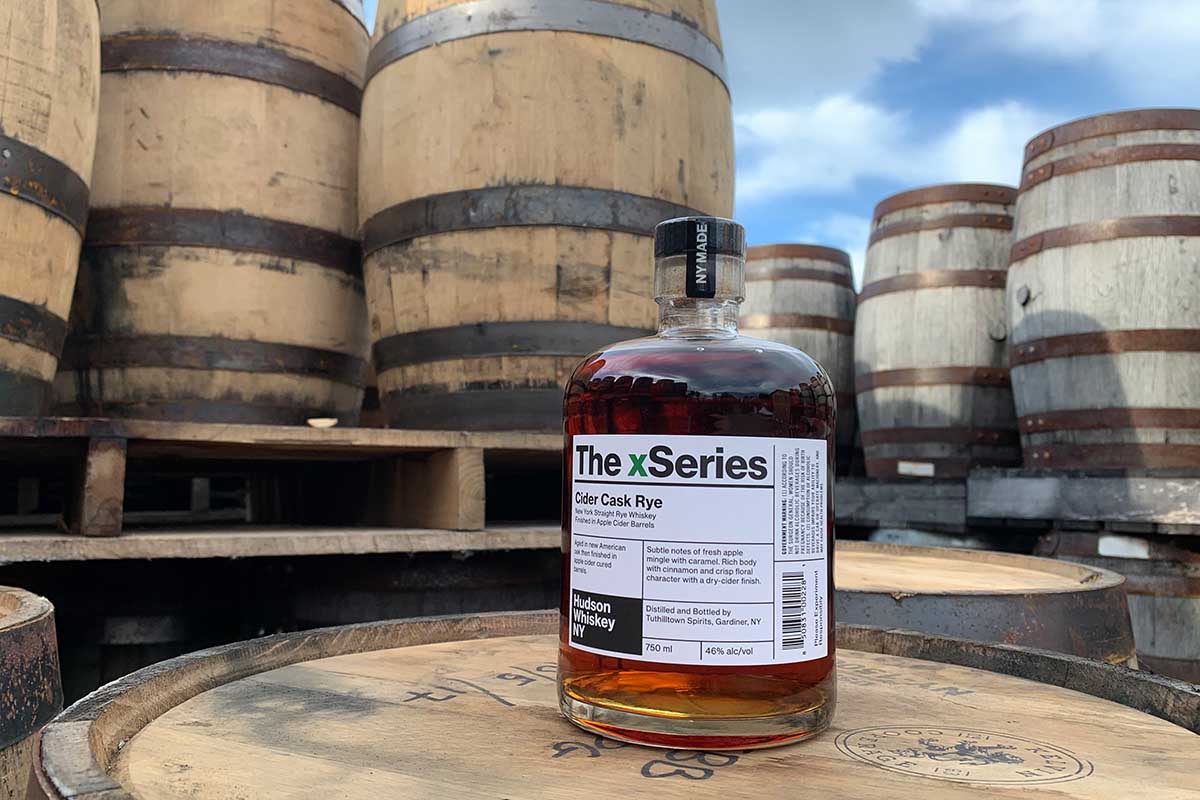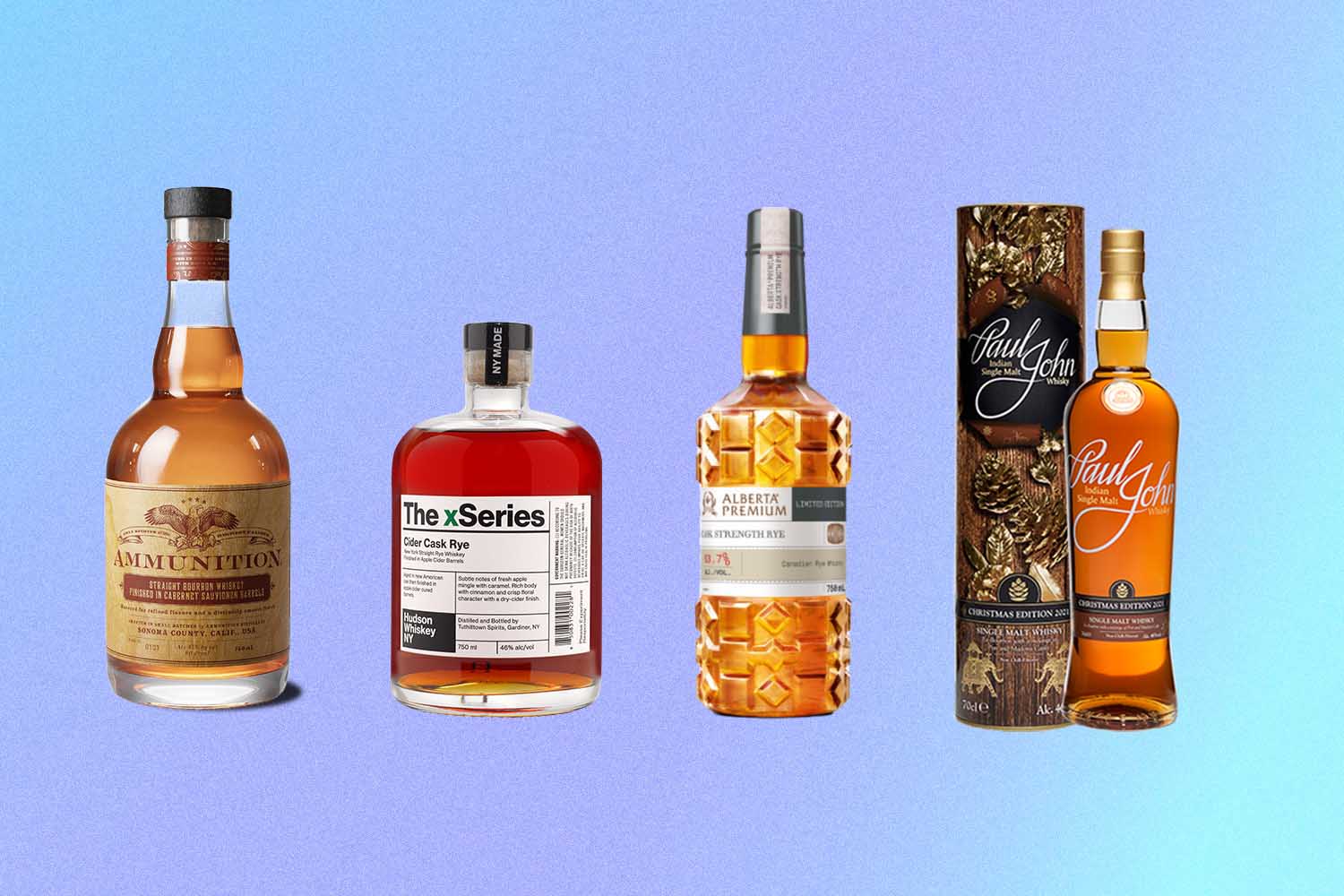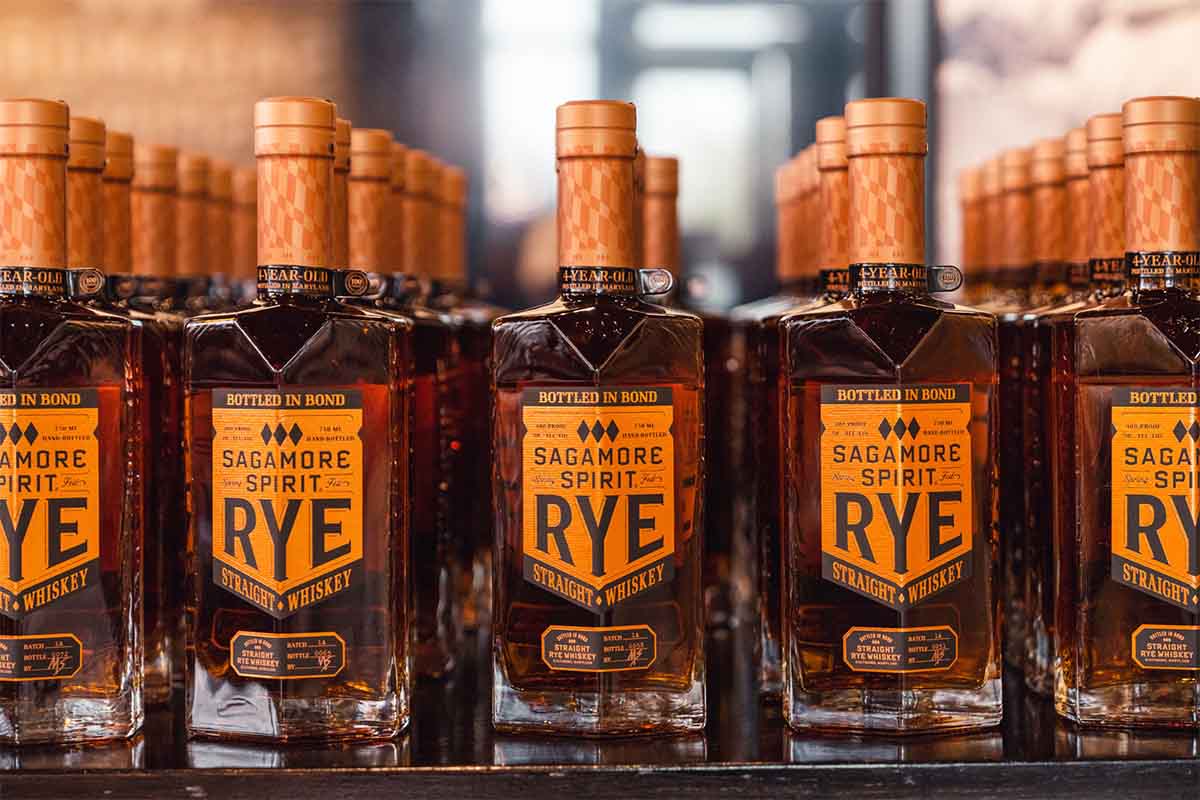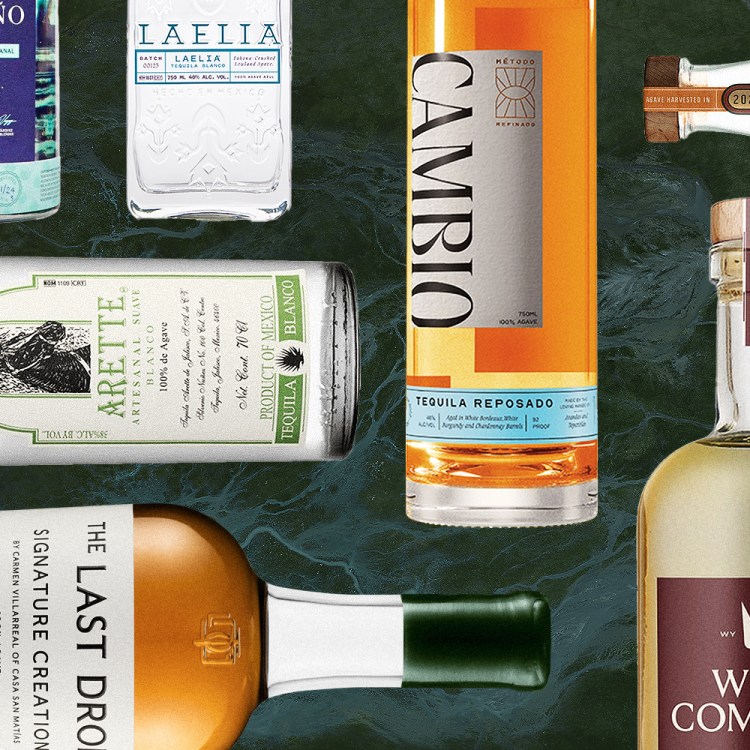The biggest hit at our Thanksgiving dinner wasn’t the turkey or the sides — it was the whiskey.
Specifically, it was Hudson Whiskey The X Series Cider Cask Rye, a limited release from the upstate New York distillery that put their signature rye through a secondary maturation in apple cider casks.
The result? “It tastes like fall,” as one dinner guest noted. The notes of apples, cinnamon and caramel perfectly captured the season, but the underlying rye kick wasn’t lost.
Cider Cask is part of several other uniquely matured ryes in Hudson’s portfolio, including Short Stack (rye finished in maple syrup barrels) and Back Room Deal (rye matured in ex-peated Scotch casks). The mashbill for each release is 95% rye, 5% malted barley and utilizing all local grains — and the secondary maturations, albeit wildly different, are all incredibly worthwhile.
“As a spirit, rye stands up on its own,” as Brendan O’Rourke, the Master Distiller of Hudson Whiskey, tells us. “It has an attitude and a backbone. It can stand up to other flavors. Our rye, I get a lot of black pepper, a bit of mint and apricot. So it’s also not one-dimensional; it can add and accentuate different notes.”
And more so than some other whiskey types. “When you’re doing something with bourbon and a secondary maturation that has something to do with sugar, the result could be too sweet or syrupy,” O’Rourke adds. “Rye has that punch and spice that can tame that sweet note.”
(That process works in reverse, too. Sometimes, the barrels used in that secondary maturation can temper the spice of rye, as you’ll see below.)
Hudson began their secondary experiments in 2013. At first, the marrying of rye with unique barrels didn’t pan out. “We tried the rye with the maple syrup as a first fill, and that did not turn out good at all,” says O’Rourke. “But we tried it just with finishing instead, and it was phenomenal. Now that release, Short Stack, is part of our core line.”
That extra finishing process can fluctuate, at least when it comes to timing. The Cider Cask and Short Stack expressions will take Hudson’s staple rye and undergo a secondary aging in unique barrels for about three to six months, but their recent experiment involving a finish in peated Scotch barrels took three extra years.
The extra time, however, has been worth it, and a nice showcase for a larger trend in the whiskey world where rye is undergoing some wonderful, additional maturation. Below, a few recent favorites …
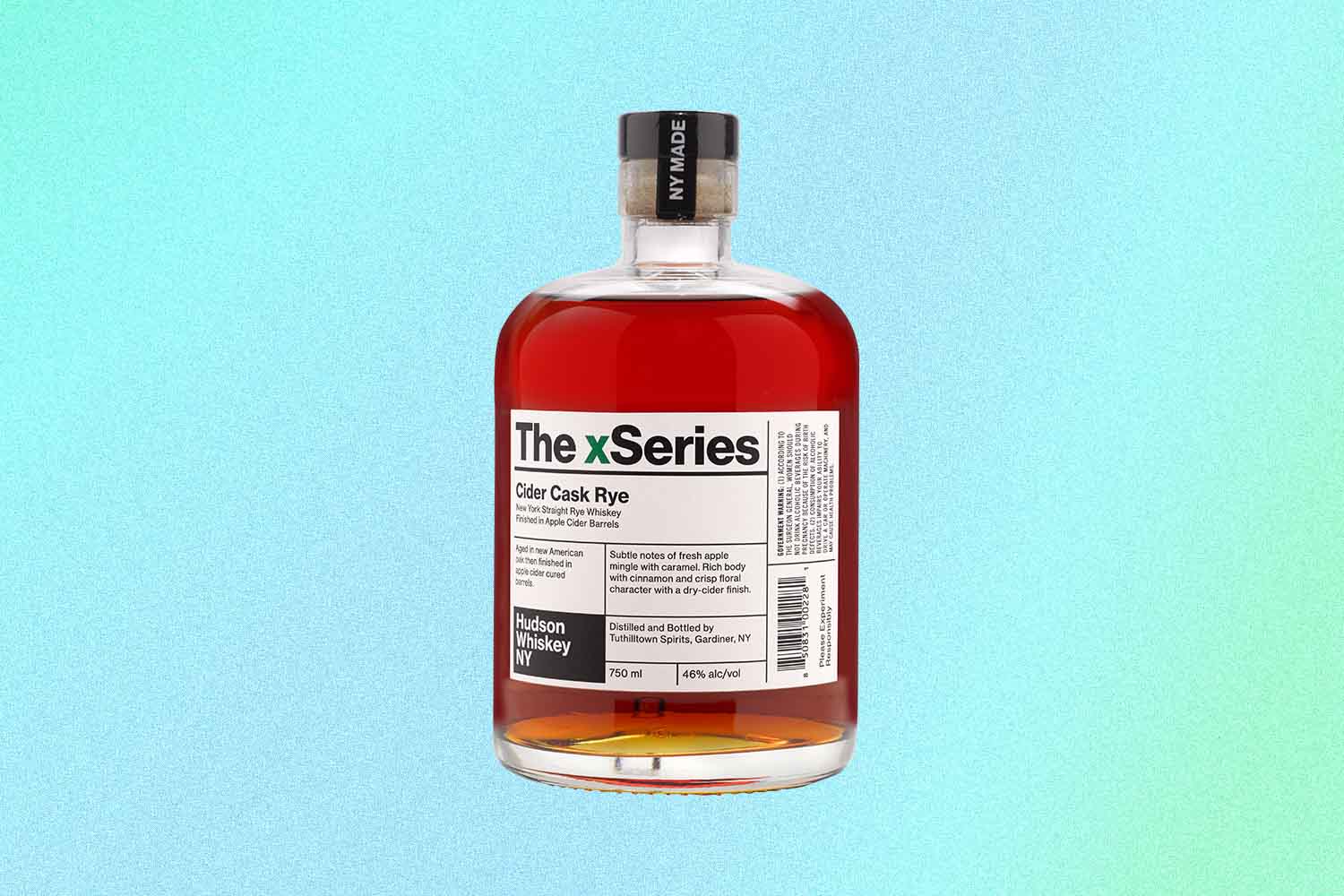
Hudson Whiskey The X Series Cider Cask Rye
“I’ve always had an affinity for rye and cider,” explains Hudson’s O’Rourke. “I’ve done autumn Manhattans by subbing out sweet vermouth with cider.” If your palate does run toward the apple side, this is a wonderful mixer in anything from the aforementioned Manhattan to a simple highball.
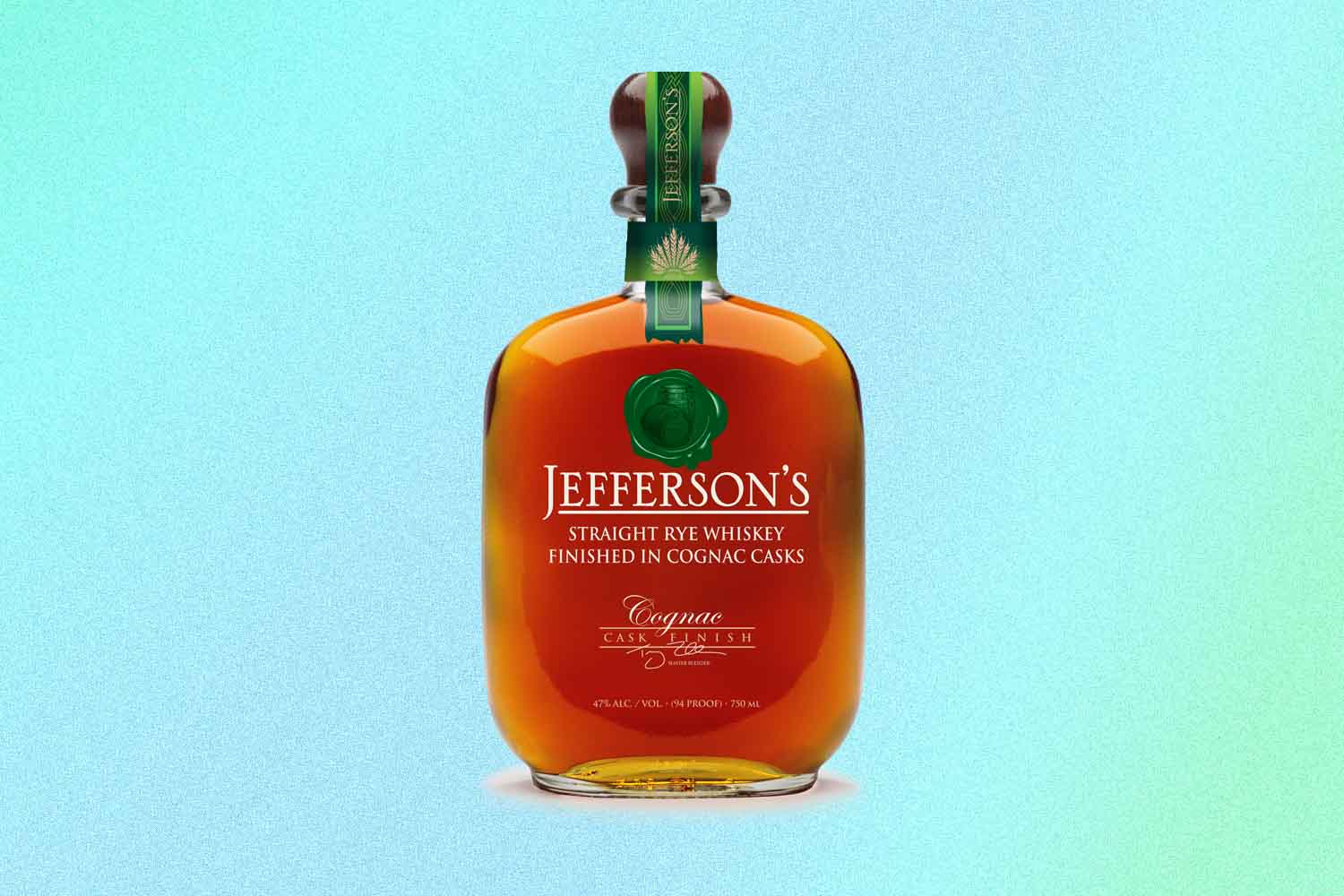
Jefferson’s Straight Rye Whiskey Finished in Cognac Casks
For a slightly different take on rye, talk to Jefferson’s co-founder Trey Zoeller. “I think the Cognac cask finish works so well because rye can be kind of one-dimensional,” he told us earlier this year. “There’s often a burst of spice up front but it shuts up fast and kind of dries out on the back end. The finish here bevels the edges and adds weight for a full-bodied mouthfeel, resulting in a beautiful sipping whiskey.” The result is a rye that’s gently shaped into something fruity (peach and orange), sweet and sippable.
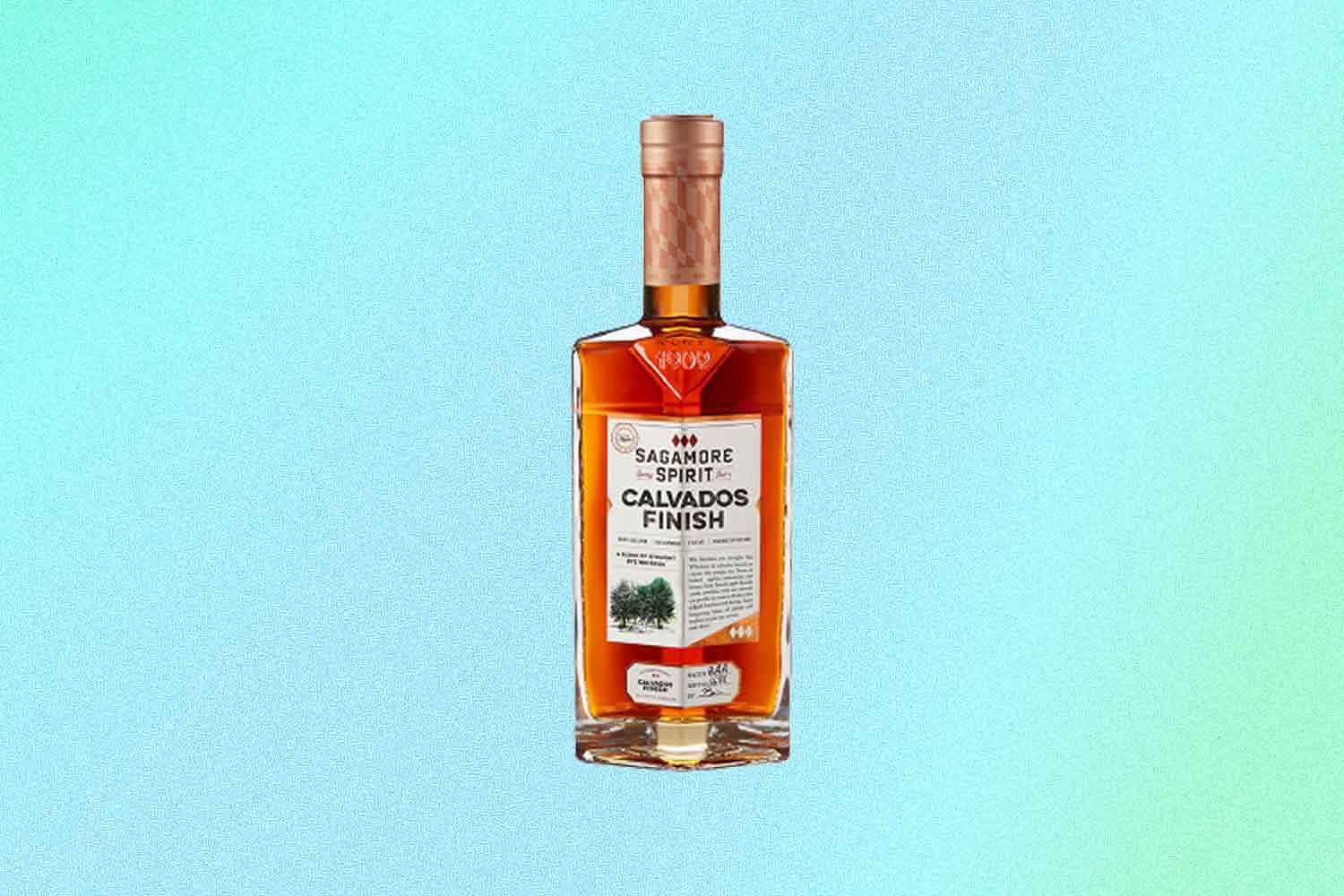
Sagamore Spirit Calvados Finish
We raved about this last year, a 2020 Double Gold winner at the SFWSC; it’s a blend of straight ryes finished in Calvados barrels (aka French apple brandy casks) for over 11 months. That’s then aged for another nine months in low-rye American oak barrels. Maryland’s Sagamore Spirit has also had great success finishing their sourced rye in casks that once held everything from tequila to barleywine to Port. “When we started doing this, we spoke to the bartender community; it seems like they defaulted to rye because there’s more versatility than with bourbon,” says Sagamore Spirit’s president Brian Treacy. “And rye spice with, say, a fortified wine, that’ll have sweet or stone fruit notes that’ll work well together. With an aged tequila cask, the tasting notes can be similar to rye, and it was like, will the pepper and vanilla notes collide or be complementary?”
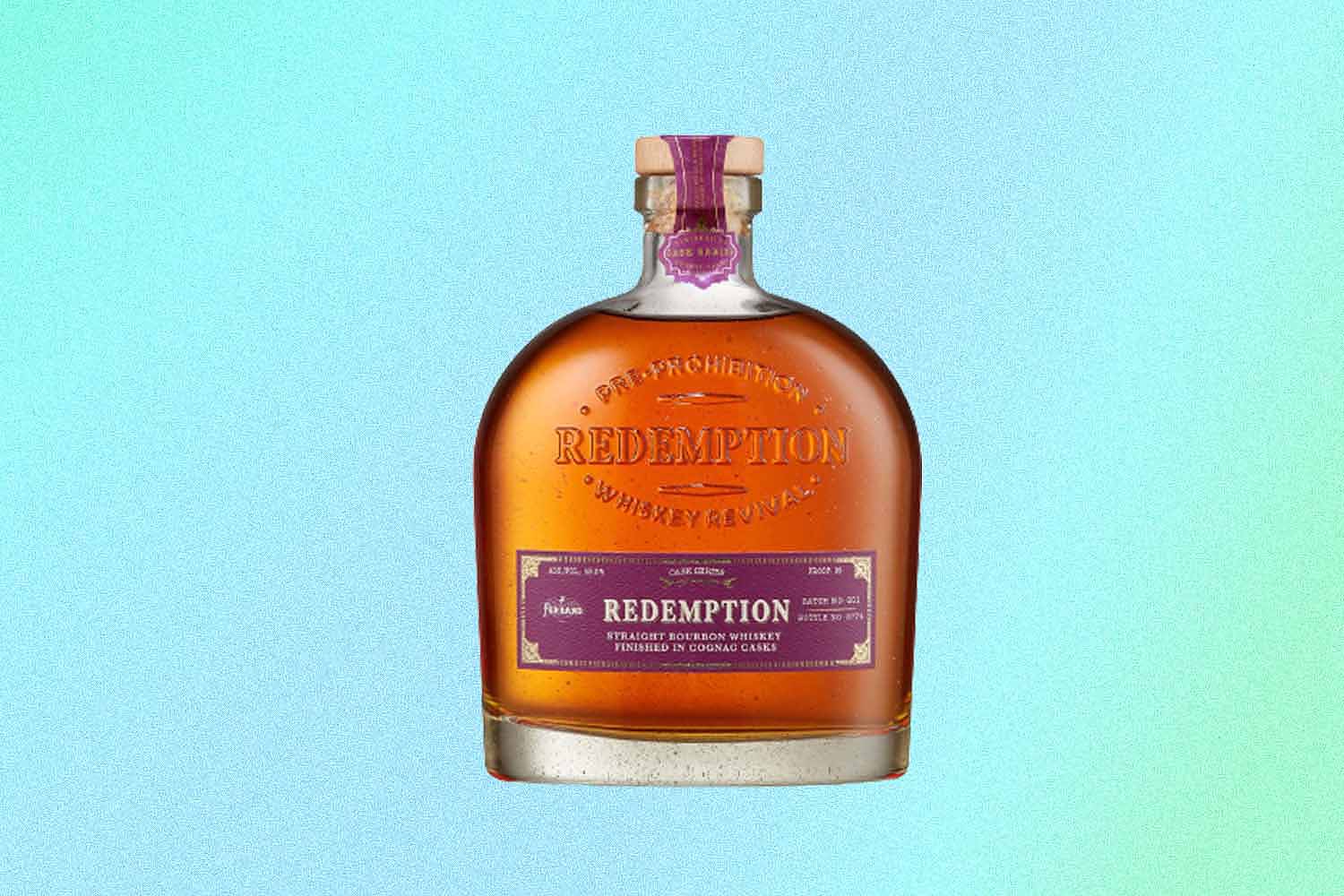
Redemption Cognac Cask Finish
Redemption’s latest release is, yes, a bourbon, but a high-rye bourbon that uses an additional maturation in former Cognac casks as a “foil for the rye,” as Master Blender Dave Carpenter told us earlier this year. Here, the whiskey is transformed into a sweet, fruity and luxurious sipper, with notes of buttered pecan and stone fruits.
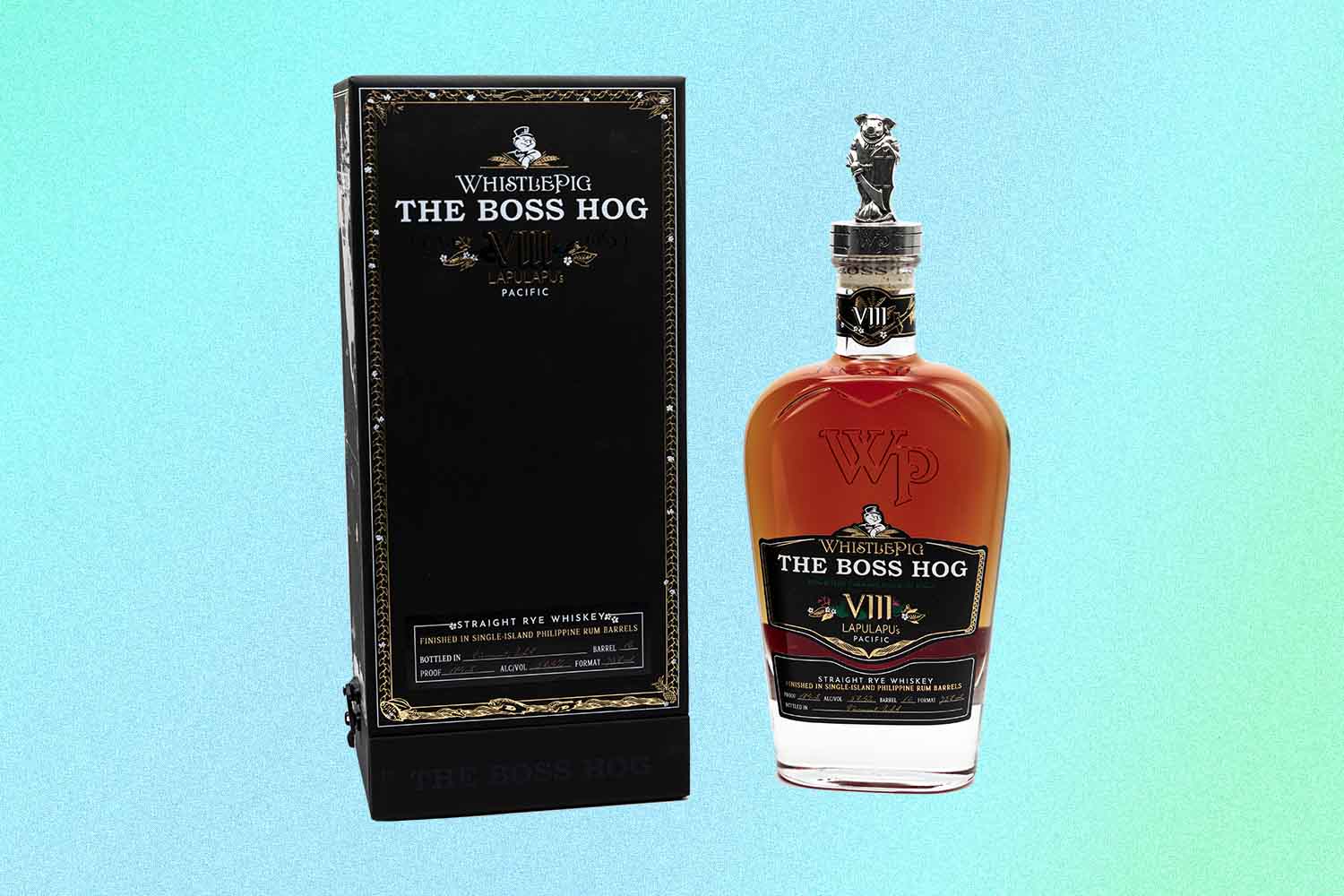
WhistlePig’s The Boss Hog VIII: LapuLapu’s Pacific
A straight rye whiskey aged for nearly 18 years in new American Oak, followed by a double finish in high-toast barrels that previously held small-batch, single-island, 7-year and 10-year-aged Philippine rum. There’s a fair amount of baking spices on the nose and brown sugar on the palate, along with vanilla, oak and toffee.
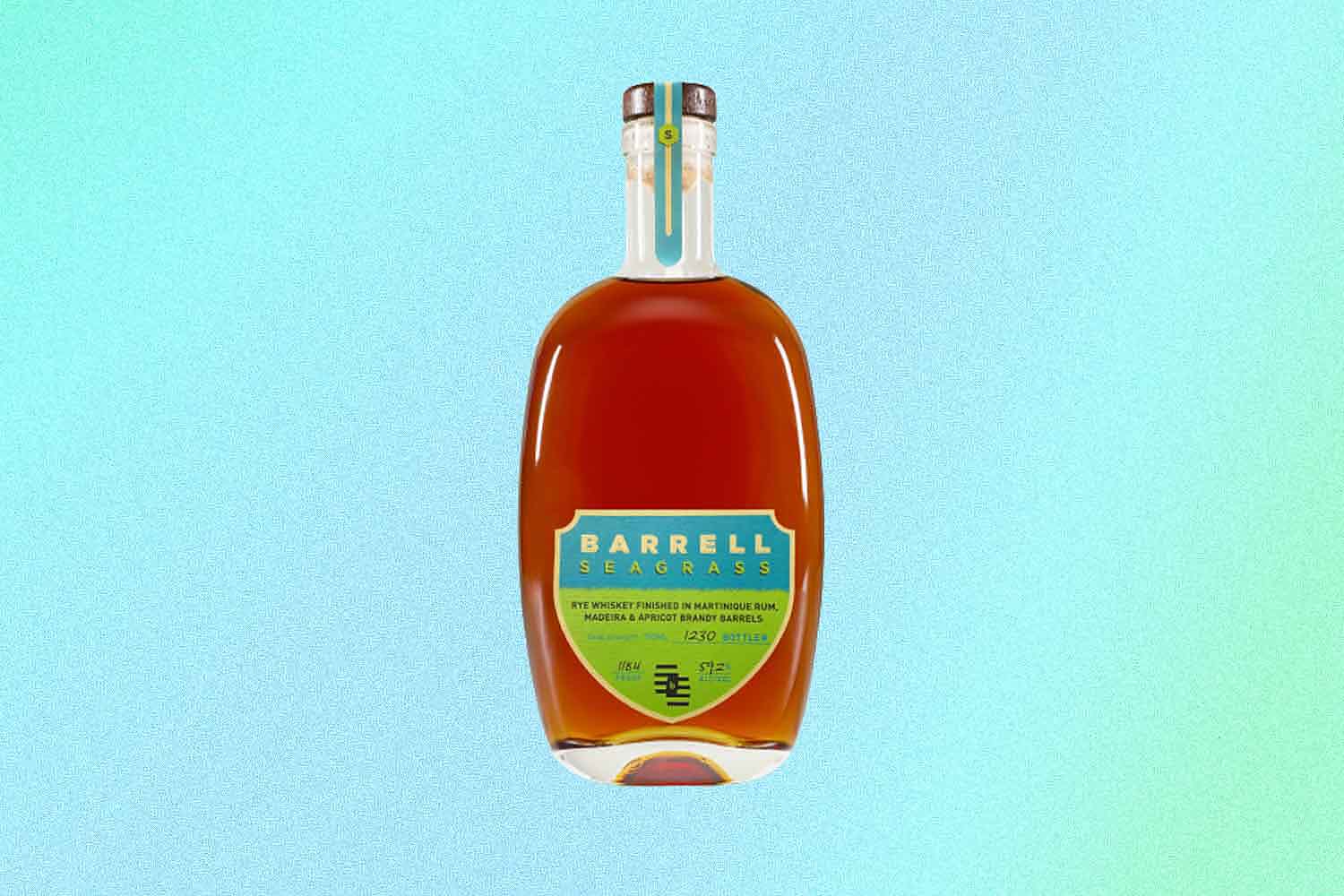
Barrell Seagrass
This unique blend picked up a Double Gold at the 2021 SFWSA — it combines American and Canadian ryes finished in Martinique rum, Madeira and apricot brandy barrels (118.4 proof). Soft on the nose, this is a bright, fruity, decidedly tart and multi-layered take on rye; it’d do wonders as the (very expensive) replacement for rum in tiki cocktails.
Every Thursday, our resident experts see to it that you’re up to date on the latest from the world of drinks. Trend reports, bottle reviews, cocktail recipes and more. Sign up for THE SPILL now.
